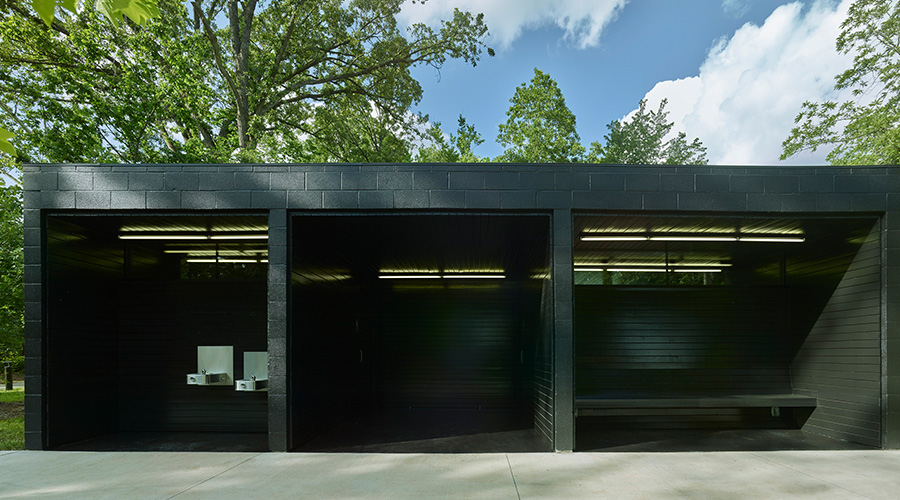Two Methods for Analyzing Pumping Systems
Managers can use one of two methods to analyze existing pumping systems. One method consists of observing the operation of the actual piping system, while the second method consists of performing detailed calculations using fluid-analysis techniques.
The first method relies on observations of the operating piping system, including pressure levels, differential pressure levels, and flow rates. The second involves creating an accurate mathematical model of the piping system and calculating pressures and flow rates within the model.
Observing the operating system allows managers to visualize the way the actual system operates, but system operational requirements limit the amount of possible experimentation. By developing a model of the piping system, managers can more easily evaluate system alternatives, but they first must validate the model to ensure it accurately represents the operating piping system it is trying to emulate.
Regardless of the method managers choose, the objective is to gain a clear picture of the way the various parts of the pumping system operate and to identify improvements that optimize the system.
SPOTLIGHT: Hydraulic Institute
The Hydraulic Institute is the largest association of pump producers and suppliers to the pump industry in North America and a global authority on pumps and pumping systems. Its mission is to serve as a forum for the exchange of industry information and to provide value-added services to member companies and pump users worldwide. For more information about the institute, its member companies and standards partners, visit www.Pumps.org and www.PumpLearning.org.
Pump Systems Matter is an educational initiative created by the Hydraulic Institute to help North American pump users gain a more competitive business advantage through strategic, broad-based energy management and pump-system-performance optimization. Its mission is to provide the marketplace with tools and collaborative opportunities to integrate pump-system-performance optimization and efficient energy-management practices into normal business operations. For more information about Pump Systems Matter, visit www.PumpSystemsMatter.org. |
Pumping-System Costs: The Long View
The following checklist contains useful steps managers can implement to reduce the life-cycle cost of a pumping system:
- Procure pumps and systems taking life-cycle costs into consideration.
- Optimize total cost by considering both operational costs and procurement costs.
- Match the pump equipment to the system needs.
- Match the pump type and driver type to its intended duty.
- Do not oversize the pump.
- Specify high-efficiency motors.
- Match the power-transmission equipment to the intended duty.
- Evaluate system effectiveness.
- Monitor and maintain the pump and system.
- Consider the energy wasted using control valves.
- Use auxiliary services wisely.
- Optimize preventive maintenance.
- Maintain internal-pump clearances.
- Follow available guidelines regarding the rewinding of motors.
- Analyze existing pump systems for improvement opportunities.
More information on life-cycle costs is available in Life Cycle Costs: A Guide to LCC Analysis for Pumping Systems, available from the Hydraulic Institute at:
http://estore.Pumps.org.
— Hydraulic Institute
|
Related Topics:














